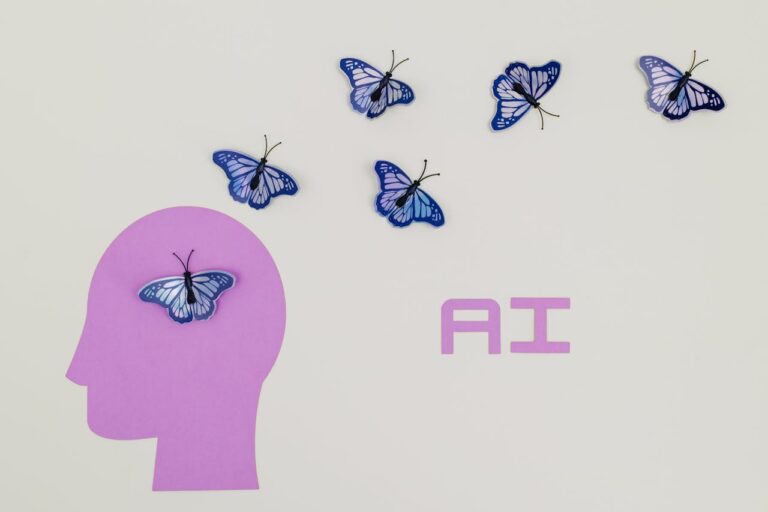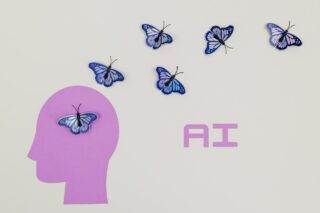
Introduction
Is it surprising to know about students using AI to write essays?
With the continuous rise and advancement of AI, many English teachers like myself often wonder whether the essay is a dead, useless writing assignment. After all, why task students with writing an essay stating their opinion on whether it’s better to live in a big city or a small town when a detailed prompt inputted into ChatGPT can quickly do that for them?
There’s no denying, of course, that tools such as ChatGPT, Claude, Llama, and Mistral have leveled the playing field when it comes to personalizing learning experiences and helping students learn material in ways never imagined. However, there is an opportunity cost to using these tools.
Pros of AI in Essay Writing
In an earlier blog post, one idea I touched on what having students use AI as both a writing assistant and reading assistant.
This method of students using AI to write essays helps them use AI more critically, allowing it to review their work and make recommendations based on factors such as clarity, coherence, organization, development of ideas, or even rubric items provided to them by you.
In this instance, students using AI to write essays benefits them by:
- overcoming writer’s block
- improving grammar and style
- personalizing feedback
- improving accessibility
- incorporating different writing styles
Of the benefits, I’ve found that improving grammar and style is perhaps the biggest one, especially when students often tend to write formal essays informally, their papers riddled with grammar and syntax errors that they omit revising because they’re accustomed to writing that way.
Cons of AI in Essay Writing
While students using AI as a writing assistant has its benefits, there are cons associated with students using AI to write essays.
Those cons include:
- plagiarizing
- questioning academic integrity
- lack of critical thinking
- lack of creativity and originality
The fact that students are able to quickly produce an essay via AI prompts does bring into question plagiarism (Meta’s recent troubles of pirating 82TB of books comes into question) and academic integrity. This, unfortunately, makes it more difficult to determine a student’s authenticity in completing the assignment and how much of it was them and how much was AI.
What about lack of critical thinking, creativity, and originality? These, unfortunately, tie into a bigger issue: cognitive offload and AI over-reliance.
Cognitive Offloading and AI Over-reliance
In his paper “AI Tools in Society: Impacts on Cognitive Offloading and the Future of Critical Thinking“, Gerlich (2025) states that cognitive offloading “involves using external tools to reduce the cognitive load on an individual’s working memory. While this can free up cognitive resources, it may also lead to a decline in cognitive engagement and skill development.”
For students using AI to write essays, this means that as they continue to use it for that purpose—or even complete other writing-based assignments—they might experience a decline in their own writing abilities and critical thinking skills, leading to an over-reliance on AI to do everything (much like they may over-rely on Google search to find answers to questions for any given assignment).
Mitigating AI Use in Essays
How, then, can ELA teachers mitigate cognitive offloading and AI over-reliance? Here are some things I’ve done in my class to offset these issues.
Limit AI use in the beginning
At the beginning of the school year, the first thing I did was talk about AI and how it works, providing them with real-time examples of AI outputs for various assignments and assessments we’ll be doing in class. After that, I tell them that we’ll implement use of AI gradually to help them understand how to use it to their benefit.
Prior to doing that, though, I focus a lot on traditional writing instruction. Whether that’s reviewing basics such as subjects and predicates, creating compound-complex sentences out of a set of simple sentences, or more advanced topics like determining an appropriate organizational pattern for an essay, doing this ensures that students have a solid understanding of writing’s fundamental principles before using AI tools.
For me, doing this also reduces the likelihood of my students using AI to write essays.
Assign student-first writing assignments
Continuing with the limitation of AI use, I have students complete assignments that are student-first, meaning they’re assignments that require students to demonstrate their own voice, perspective, and analytical abilities.
One example of this is the 11-Minute essay. By having students respond to a truism in a timed essay where each part is allocated a certain amount of time for writing, I’m creating the conditions where students are not only meeting the requirements of demonstrating the aforementioned but also reducing the likelihood of them cognitively offloading the assignment.
Assignments like the 11-Minute Essay (or even reflective writing pieces) help reduces students using AI to write essays.
Require hand-written essays before using AI
When I assign an essay, I always require students to write them by hand (assistive technology for students whose accommodations require it). When they’ve completed their first draft, I have a one-on-one conference to ask them about ideas in their essay and offer tips and suggestions for revision and editing.
I should note, though, that I don’t help students find all of their mistakes when reviewing their first drafts. I mention to them where similar mistakes in their essay are and ask them to try and find the other mistakes on their own as they begin writing their second draft.
Once we’ve reviewed the second draft together, I tell them to prompt AI to review their draft once more based on the rubric’s criteria, copy/paste the essay rubric after their prompt, and review AI’s suggestions and tips. This also gives them an opportunity to see if AI met the criteria or caught errors that they (or even I) didn’t catch the first or second time.
Final Thoughts
Students using AI to write essays presents both challenges and opportunities.
While AI can be a valuable tool for supporting students in their academy journey, it’s important for ELA teachers to address the risks AI poses to cognitive offload and AI over-reliance as well as plagiarism.
Considering this, the question still remains: is the essay worth assigning to students? For me, it absolutely still is.
Have you removed the essay as an assignment in your class, or have you changed your approach to assigning it? Let me know in the comments!





Leave a Comment